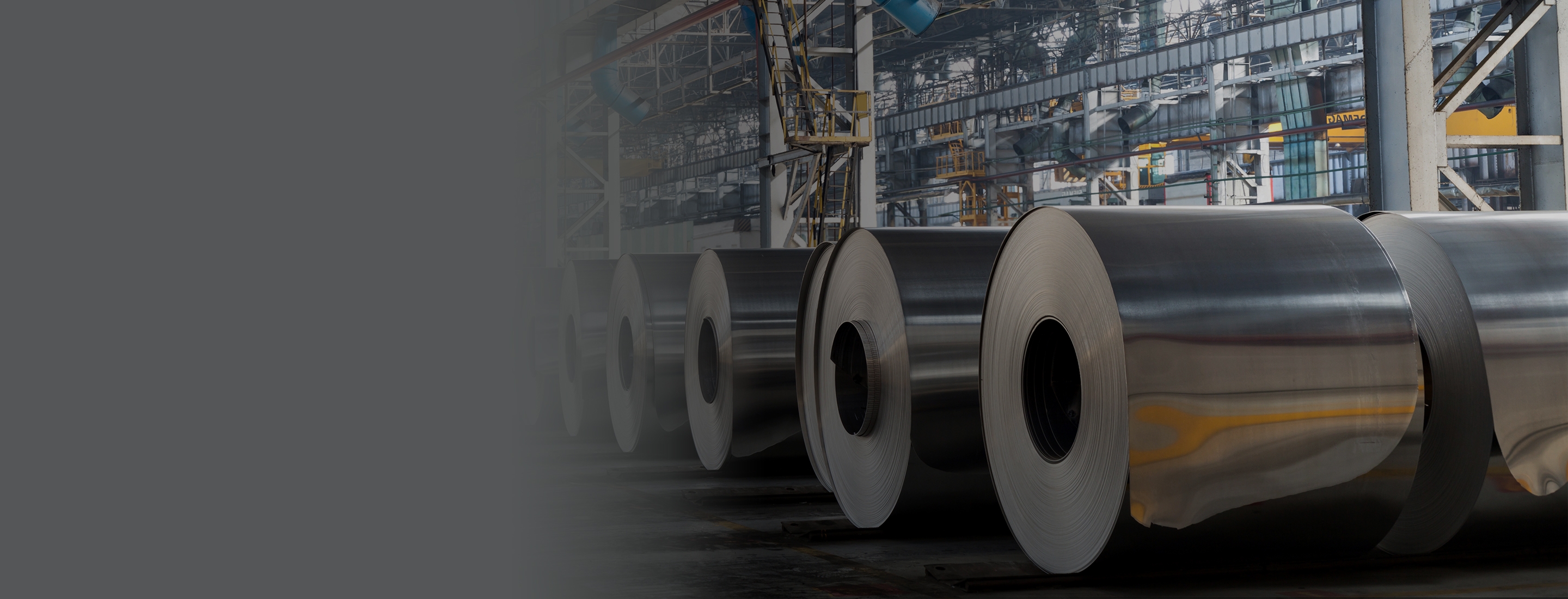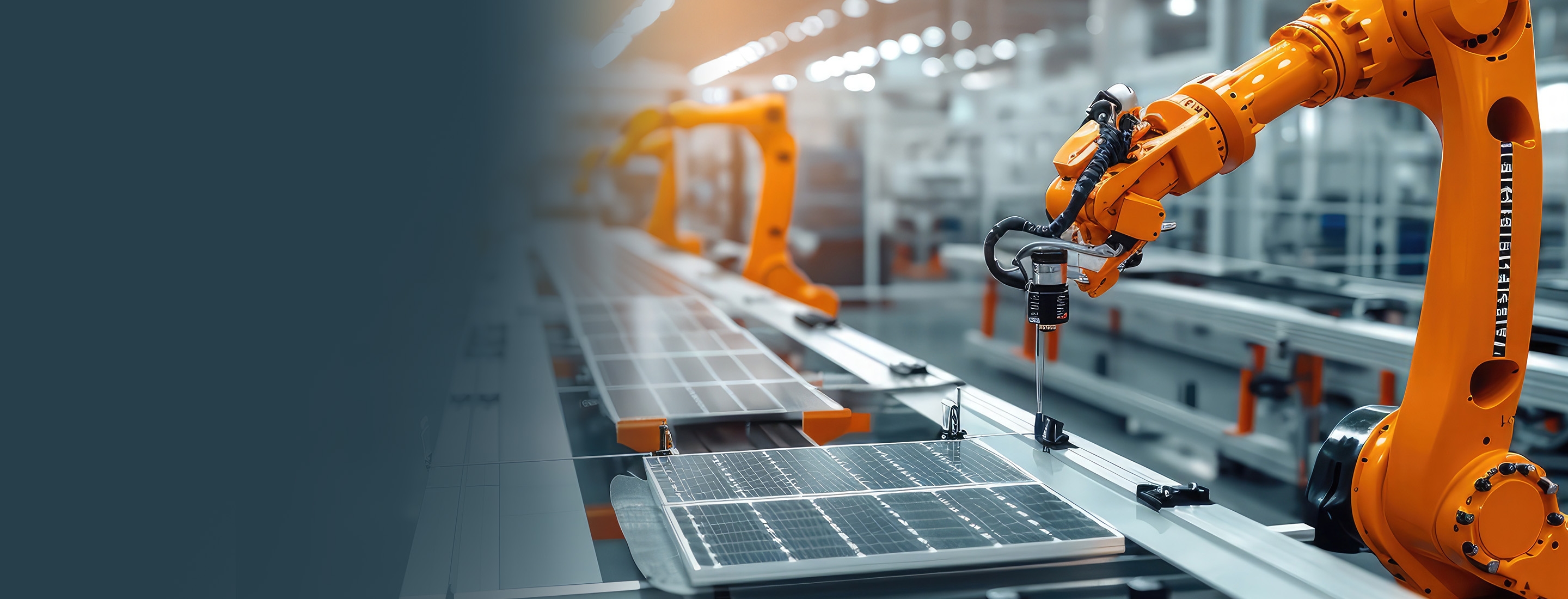Article
How procure-to-pay tax solutions help manufacturers avoid tax overpayments
Many manufacturers use a procure-to-pay (P2P) digital procurement system to help them extract the most value from every dollar they spend. But they often overlook a significant aspect of that spend: the rules around accounting for indirect taxes. At scale, the material impact of sales and use taxes and value-added tax (VAT) can be staggering — and most manufacturing companies aren't tracking this impact. In fact, in some cases, reverse audits have revealed that they have overpaid taxes by millions of dollars.
The first step toward controlling this spend is to understand it. Do you know if you are paying the correct tax? Do you know how to calculate this globally across tax jurisdictions — and do your suppliers? To optimize spend and protect your business, you need to know that your suppliers charge your business the right tax. Doing so will ensure that you are not making costly overpayments and that your VAT credit determination is accurate.
Calculating the tax you should be paying is complex and challenging. Get it wrong and you may end up underpaying or overpaying sales tax and VAT, increasing your audit exposure, incurring tax penalties and interest, being slow to pay suppliers, missing early pay incentives, and more. Two of the most common hazards are overpayment of taxes on purchases and failure to accrue use tax on purchases.
Overpaid vendor-charged tax drains money from your audit business
Manufacturers often overpay suppliers for taxes without realizing it — and tax overpayments can be significant. For example, consider an enterprise buying computers across all its business locations. If certain computers are used as part of the manufacturing or research and development (R&D) process, it's important to segregate those from the ones that will be used in a taxable manner. Computer and IT spend often puts significant dollars at stake, so it's important to know when you should — and should not — be paying tax.
A contingency consulting organization could help find the overpayments and recover the money, but fees for these types of services are often steep. If you choose to recover the money yourself, you'll have to allocate time and resources to track down the overpayments, produce proof, and go through the convoluted process of applying for a refund. A sizeable refund can also draw unwanted attention from tax authorities, generating the possibility of more frequent audits for years to come.
Whether the expenditures are for laptops, manufacturing components, or other business-critical resources, the impact of tax overpayment can accumulate quickly. For example, a large computer chip manufacturer discovered an overpayment of more than $100 million in sales tax to its suppliers. That is wasted money — money the company could have used to drive innovation, invest in manufacturing R&D, or support digital tax transformation and other strategic initiatives.
Failure to accrue use tax leaves manufacturers vulnerable to tax penalties
The negligence of accruing use tax on purchases is another common manufacturing challenge. If a supplier fails to charge your manufacturing company the correct tax or any tax at all, you are fiscally responsible for accruing the use tax. Failure to self-accrue use tax can leave you open to tax penalties and interest charges.
In a VAT or goods and service tax (GST) regime, it is also essential that your indirect tax department accounts for payments and accruals accurately so that you pay the right amount of tax. For example, you might pay the correct VAT/GST but not account for it accurately, resulting in an overpayment. If you can't claim full credit — that is, only partial recoverability is allowed — the calculations get more complicated. Tax penalties for incorrectly accounting for VAT/GST payments can be significant. Unfortunately, you can easily make an error because of the complexities around partial recoverability, exclusions, reverse charges, and other exceptions.
Flawed and slow indirect tax processes can also negatively affect your relationships with suppliers. You need to verify that your suppliers are charging you the correct tax. Manual processes can make this a slow and cumbersome process, but you need to notify your supplier of any errors and get them corrected. If this process is slow, you'll not only miss any early pay incentives but also be slow to pay your suppliers, which may introduce some friction into the relationship.
Get sales, use, and value-added tax right with P2P tax determination
The stakes for manufacturers are high for getting indirect tax right. Manual processes are slow, fraught with errors, and keep your indirect tax professionals from doing more strategic work. To optimize spend, consider an automated solution that integrates data between a P2P system and indirect tax software for end-to-end tax process optimization. With the right solution, you can perform tax estimates upfront and calculate taxes consistently and accurately, giving you the confidence that you are paying the correct amount of tax.
For example, Cisco Systems, Inc., a leader in networking solutions, was seeking a solution that would enable its indirect tax professionals to respond to and fully support the company's rapidly changing global business environment. The company's tax professionals in each country wanted access to the tax system to manage tax determination for their business units and ensure that they correctly met the requirements of the tax authorities wherever they did business. They needed a global transaction tax solution that could seamlessly integrate with their mission-critical Oracle E-Business Suite and provide accurate tax determination for all sales and purchase transactions at the line and item level — as well as at the total invoice level.
Migrating to Thomson Reuters ONESOURCE Determination, a centralized, automated solution, dramatically improved the indirect tax department's ability to respond rapidly and accurately to business change. With its new solution, Cisco was able to significantly increase the accuracy and consistency of sales, use, and VAT determination on all sales and purchase transactions worldwide.
Automation of tax determinations and accurate accruals are significant benefits of an integrated tax software solution. With automated processes, organizations can streamline invoice reconciliation and use tax accruals to help minimize the costs associated with manual tax processes. For example, Lenovo, one of the world's largest manufacturers of personal computers, was seeking to streamline and integrate transaction tax processes with finance applications globally.
Lenovo used SAP as its enterprise resource planning (ERP) system but required a solution to automate the determination, calculation, and recording of U.S. sales and use tax and international VAT. Although SAP can calculate standard tax rates, there were other global tax compliance challenges, such as constantly changing tax rates and rules across multiple countries. The company needed to extend the tax determination power of SAP, using a simple system and a single set of rules that the indirect tax department could control to ensure its tax liability was accurate.
ONESOURCE Determination enabled Lenovo to meet these challenges, holding all necessary tax rates and exemptions and automatically determining the correct tax authorities to apply to each address. The software also links to SAP customer relationship management (CRM) to support the company's sales quotes and invoices.
Optimize your spend management with integrated P2P and indirect tax processes
Close integration between a P2P digital procurement system and indirect tax software is the key to getting tax right. ONESOURCE Determination can help you avoid wasting money through overpaid vendor-charged tax and reduce your exposure to audits, tax penalties, and interest. With fast and accurate calculations, our manufacturing sales and use tax software also helps you respond more quickly to support business and system changes on a global basis. In a market environment where business agility is crucial, it pays — sometimes millions ¬ — to have absolute confidence in your tax, sales, and purchasing processes.
Avoid leaving money on the table from overpaid vendor-charged tax and protect your operational spend with ONESOURCE Determination.

Manufacturing sales & use tax software
Automate your vendor-charged tax invoice reconciliation and decrease tax overpayments with procure-to-pay software
